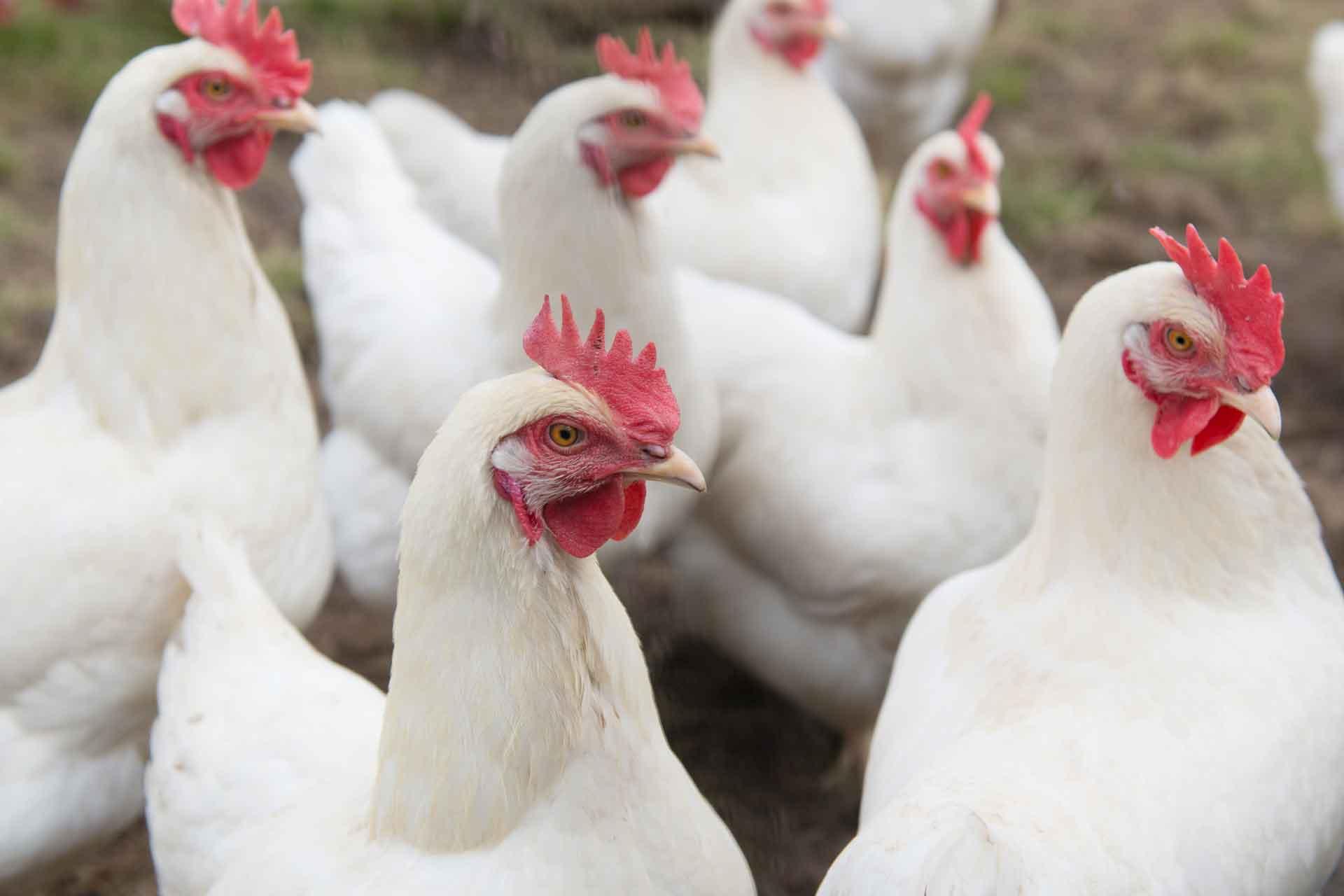Precise gene editing of chicken Na+/H+ exchange type 1 (chNHE1) confers resistance to avian leukosis virus subgroup J (ALV-J)
Avian leukosis virus subgroup J (ALV-J), first isolated in the late 1980s, has caused economic losses to the poultry industry in many countries. As all chicken lines studied to date are susceptible to ALV infection, there is enormous interest in developing resistant chicken lines. The ALV-J receptor, chicken Na+/H+ exchange 1 (chNHE1) and the critical amino acid sequences involved in viral attachment and entry have already been characterized. However, there are no reported attempts to induce resistance to the virus by targeted genome modification of the receptor sequences. In an attempt to induce resistance to ALV-J infection, we used clustered regularly interspaced short palindromic repeats (CRISPR)-associated (CRISPR/Cas9)-based genome editing approaches to modify critical residues of the chNHE1 receptor in chicken cells. The susceptibility of the modified cell lines to ALV-J infection was examined using enhanced green fluorescent protein (EGFP)-expressing marker viruses. We showed that modifying the chNHE1 receptor by artificially generating a premature stop codon induced absolute resistance to viral infection, with mutations of the tryptophan residue at position 38 (Trp38) being very critical. Single-stranded oligodeoxynucleotide (ssODN)-mediated targeted recombination of the Trp38 region revealed that deletions involving the Trp38 residue were most effective in conferring resistance to ALV-J. Moreover, protein structure analysis of the chNHE1 receptor sequence suggested that its intrinsically disordered region undergoes local conformational changes through genetic alteration. Collectively, these results demonstrate that targeted mutations on chNHE1 alter the susceptibility to ALV-J and the technique is expected to contribute to develop disease-resistant chicken lines.

